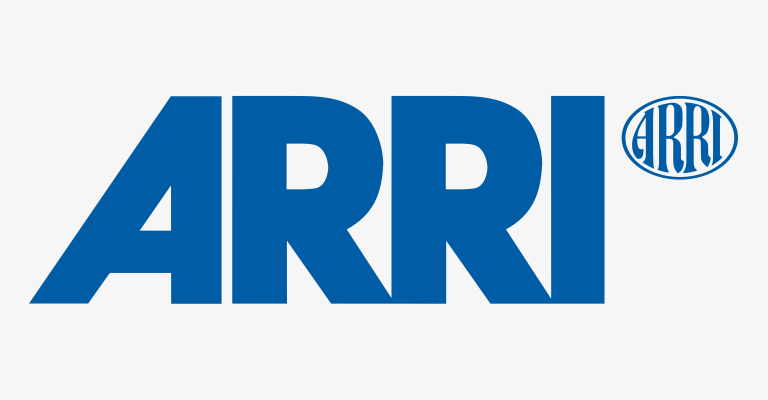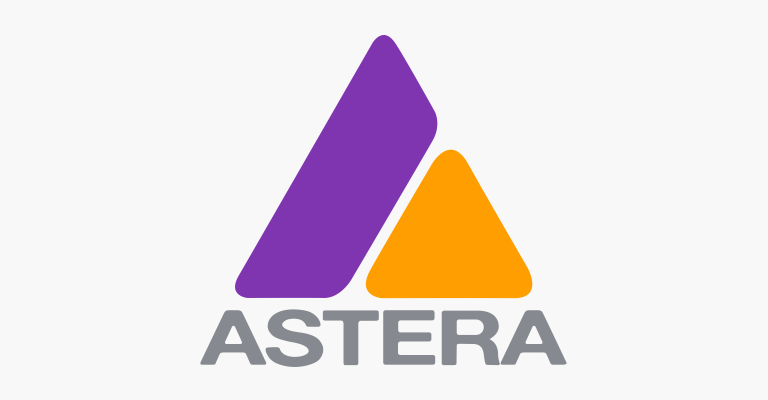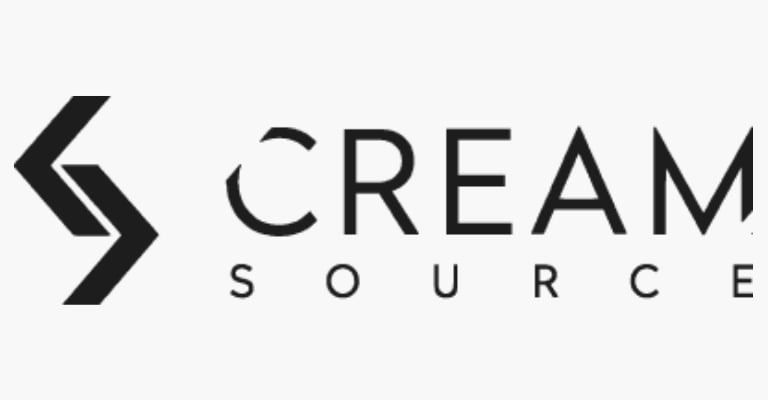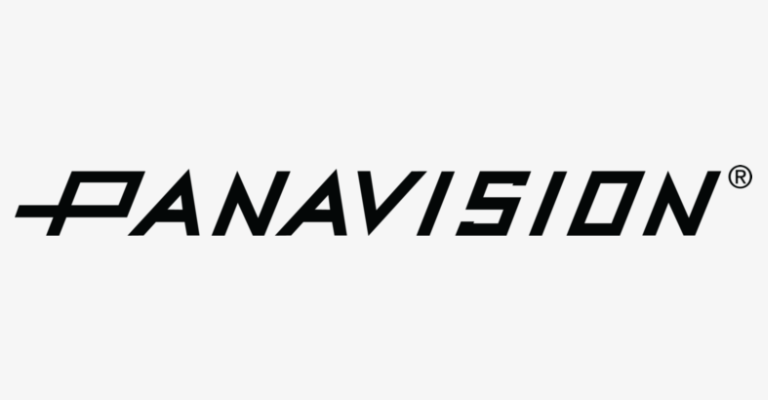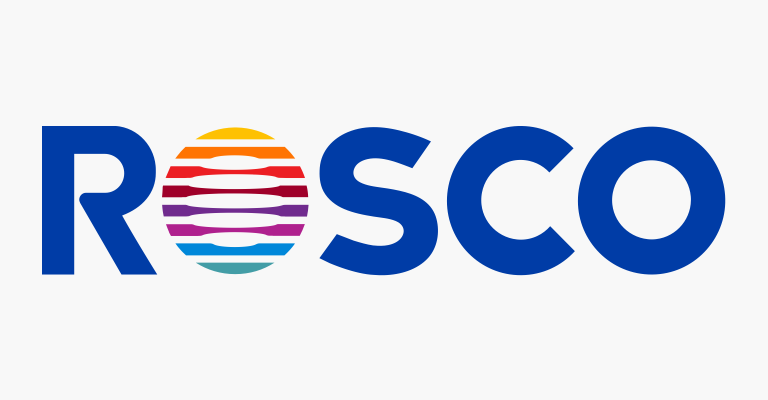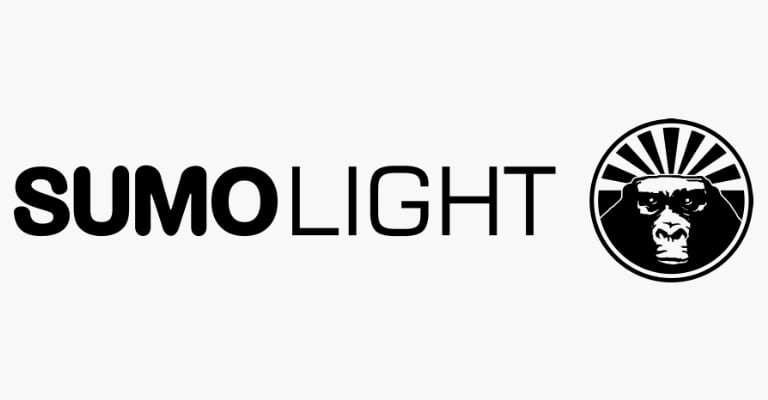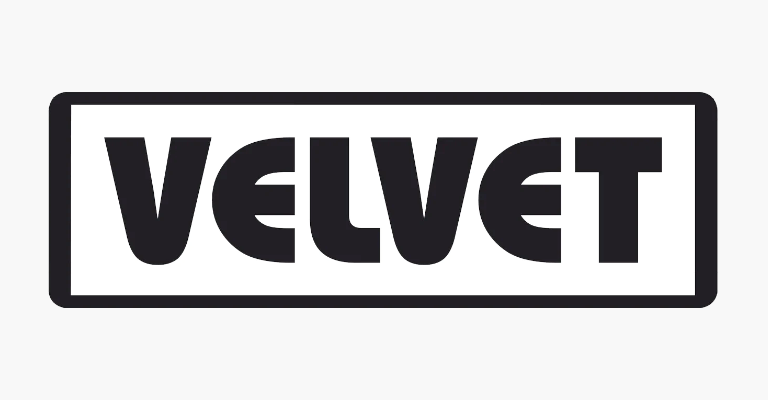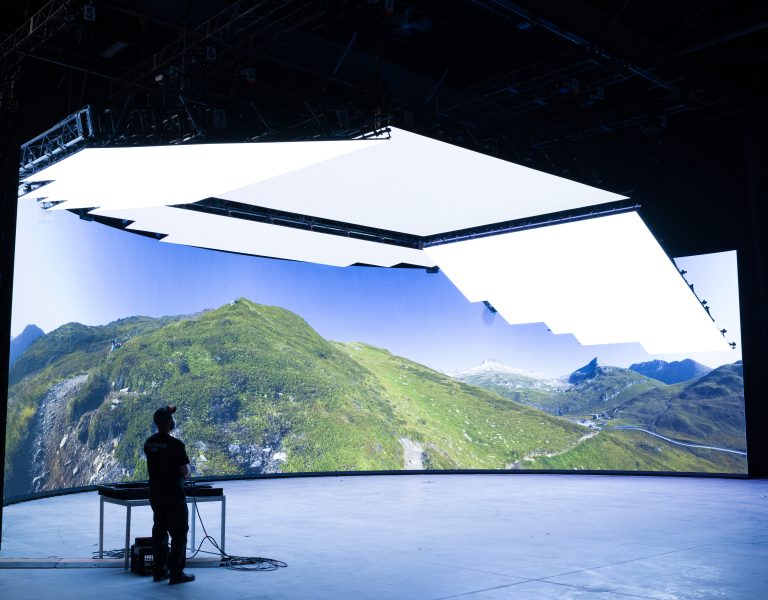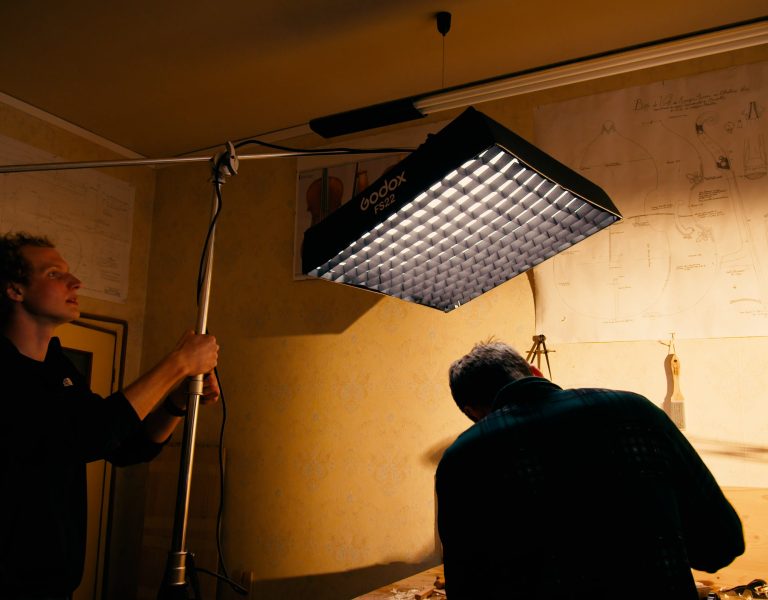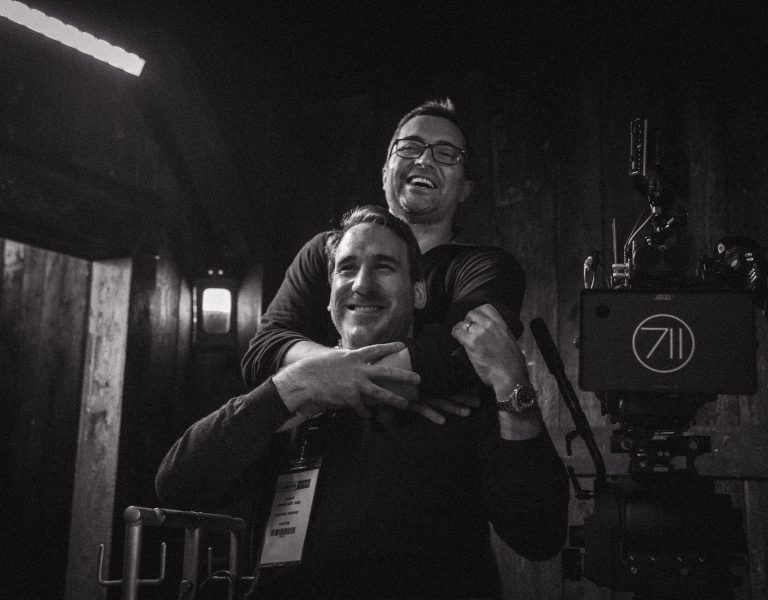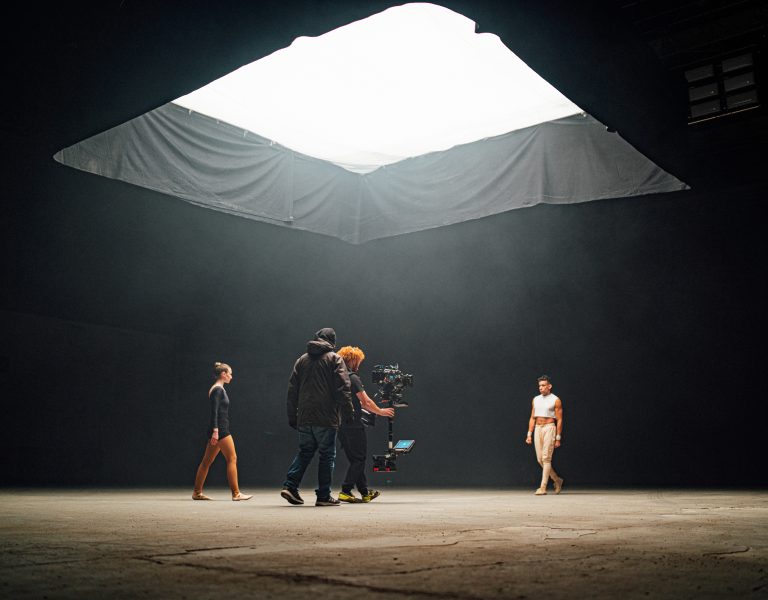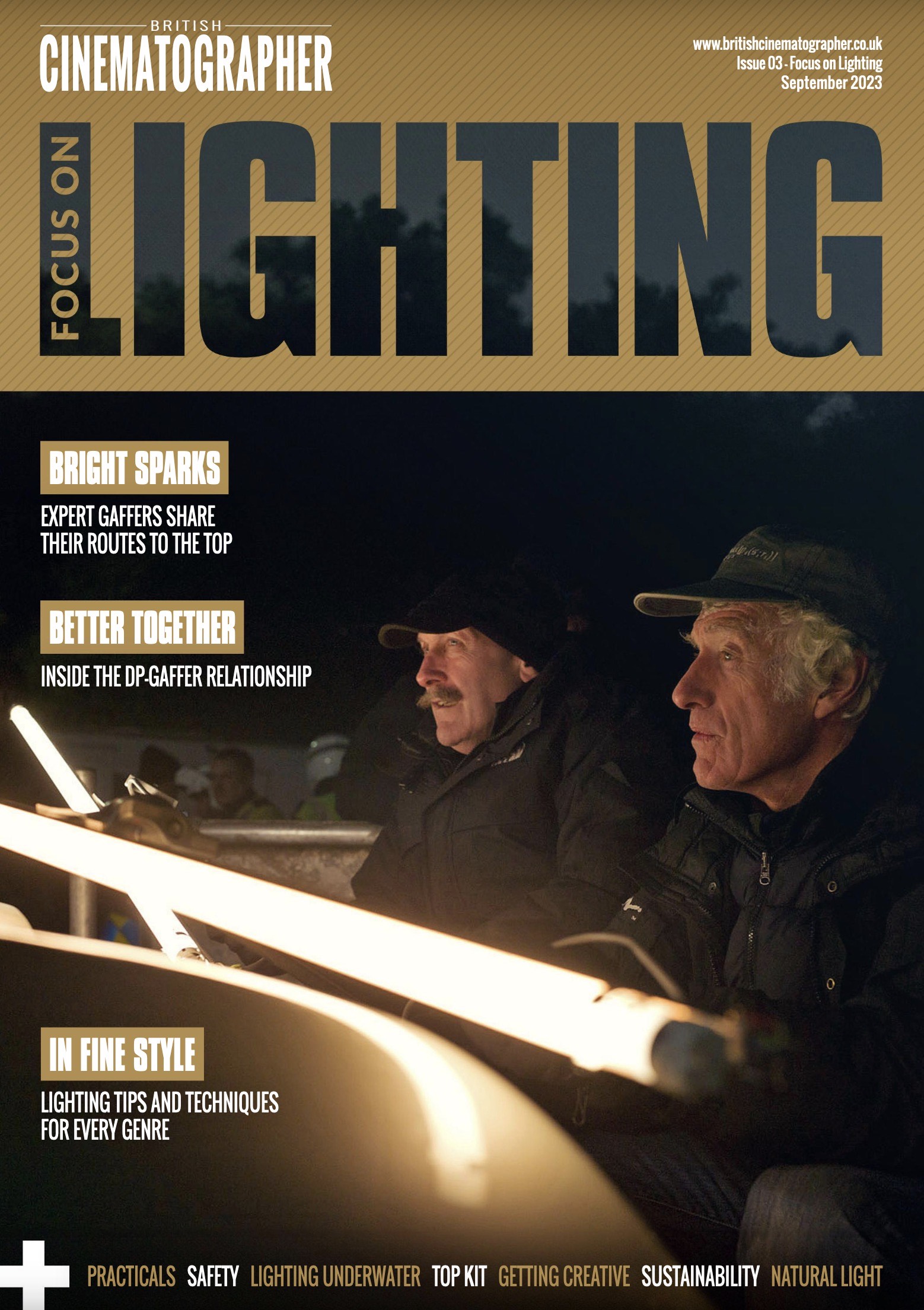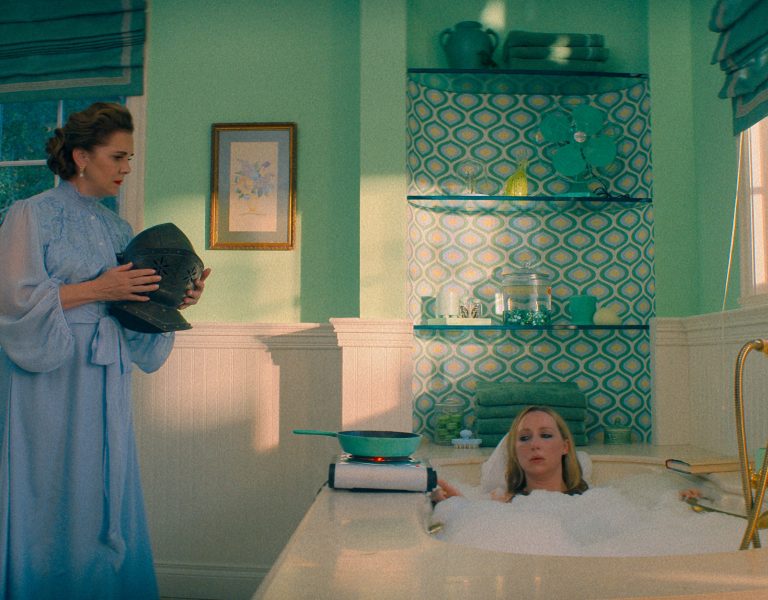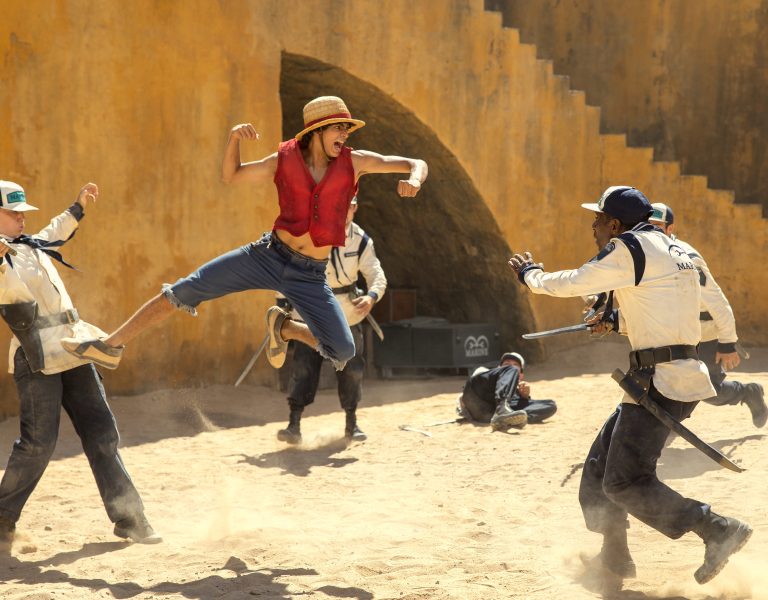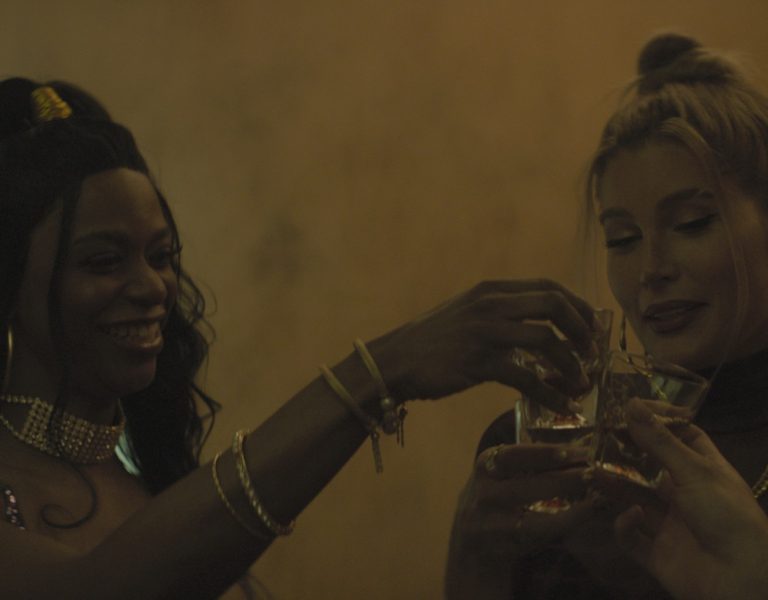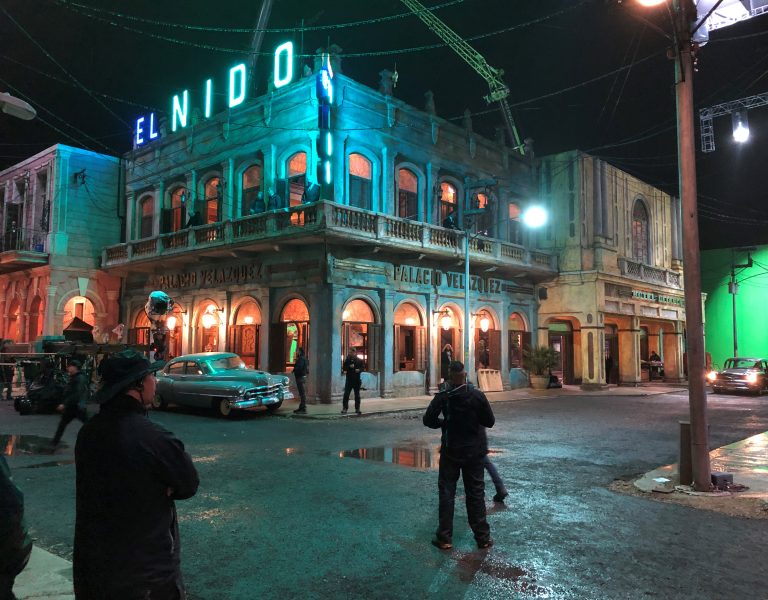DP Hamish Doyne-Ditmas reflects on the fixtures of yore and how filmmakers can pair classic techniques with modern technology.
Film and television is an unusual art form in that much of the most respected work has been done with tools which are now only in use when people make a special effort. That’s a factor oil painters and violinists don’t have to deal with, but cinematographer Hamish Doyne-Ditmas has nonetheless found ways to bring some of the gloss of classic moviemaking to the modern camera department.
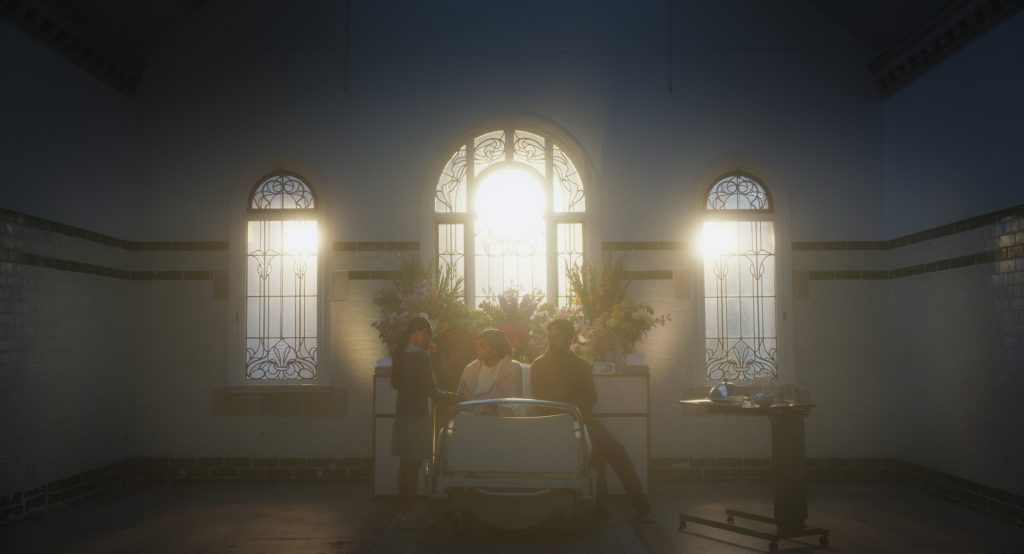
“I grew up with all the musicals, the Busby Berkeleys,” Doyne-Ditmas remembers. “I really do love that Hollywood lighting style, when they had 25 ASA film, and they used various kinds of open-faced units above the camera. But at the same time, they would really take care with the back light on the hair and everything else. Then, you get into the noir, and they’d take it one step further – people like John Alton.”
Bringing that approach into the modern world is easier, Doyne-Ditmas suggests, given a varied background of both main and second-unit work. “I’ve been freelance for 26 years. I started at a camera rental place, then clapper-loading, as an AC and DP. I’ve done quite a lot of second unit and three main unit features.” That kind of background inevitably involves lots of variety. “I’m lucky to have worked with some great names – with Janusz Kamiński, Phedon Papamichael [ASC GSC] – and I’ve seen people lighting in different ways. On second units, I have to follow main unit… It’s harder to follow than to do your own thing.”
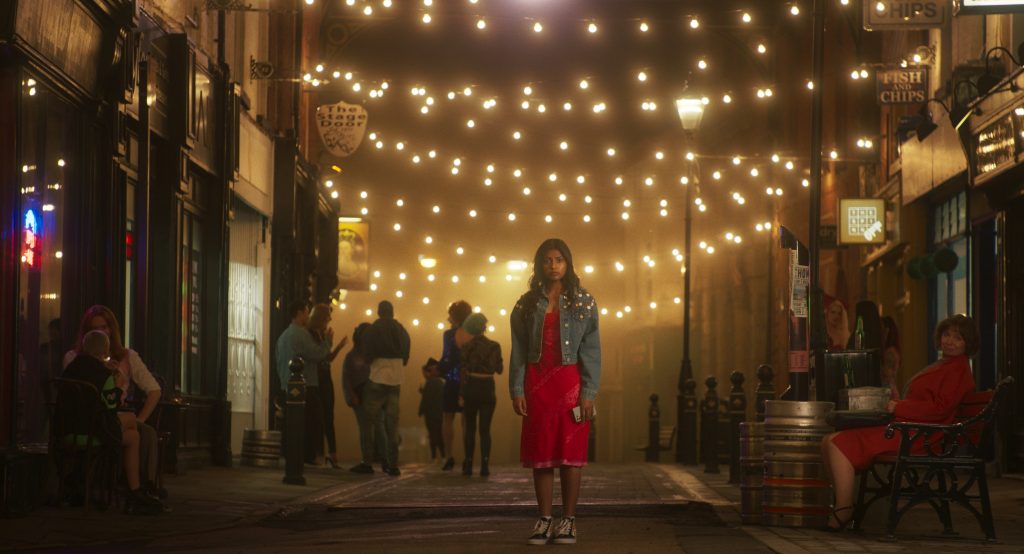
The differences between historic technology are sometimes large and sometimes subtle. “Originally, DPs used Klieg lights which were carbon arcs and the purity of that point source is striking,” Doyne-Ditmas continues. “Yes, they were unwieldy, and they needed a technical operator to make sure the rods were at the correct length. They generated a lot of heat. But the quality of the light was the closest to replicating the sun. Of course, we moved onto tungsten incandescent lighting and then xenon, and high intensity discharge lighting.”
While historic equipment is sometimes tacitly credited with some sort of inscrutable magic, Doyne-Ditmas is clear about the differences of technology and technique, particularly in the notoriously demanding regime of hard light. “I’ve done a couple of films that were fully tungsten. I got interested and went all the way back to the original days of the carbon arc and the very pure sources of light – tungsten lights that were over the camera. I found there’s a certain quality to a light that’s a long way away. A Source Four or a follow spot 250 feet away from the artist, that has a reflector and a lens… by the time it hits the person, it has a beautiful feel about it.”
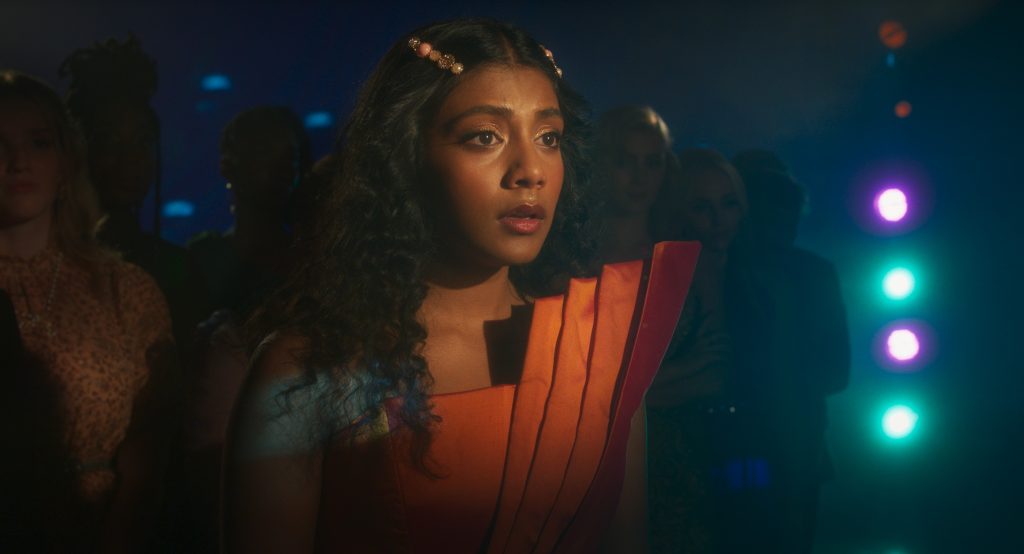
An opportunity to put all that thinking to practical use arose on How To Date Billy Walsh, directed by Alex Pillai for Amazon. “I tried to light it with hard light. The director at first thought I was going to use soft light everywhere. On day four he said, ‘she looks so beautiful,’” Doyne-Ditmas recalls. “But nobody’s doing that anymore. People have gone down the LED soft light route. We had a ballroom sequence and I
borrowed heavily from Janusz Kamiński’s West Side Story. I used tungsten follow spots and Source Fours and Parcans as well as some newer moving lights to add into the mix.”
“If you look back in time, at the work of James Wong Howe ASC, John F. Seitz ASC, Stanley Cortez ASC and Gregg Toland ASC, it’s wonderful that we can still use some of the technology they had at their disposal,” Doyne-Ditmas says. “LED lighting has its uses, but its efficiency and convenience, I feel, have taken centre stage. It certainly doesn’t have the glamour these older lighting technologies have. I love trying to recreate the magic, the colour. I don’t think people look back enough. They were the masters.”
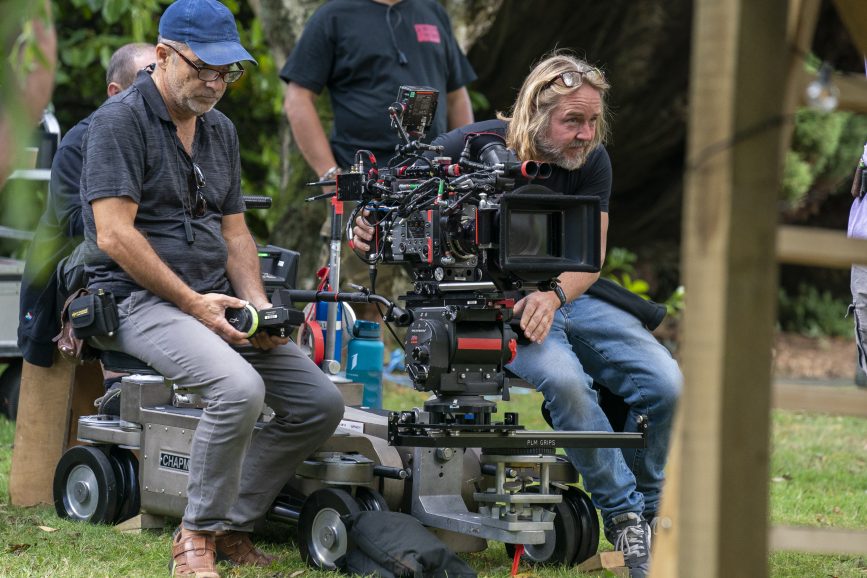
–
Words: Phil Rhodes

